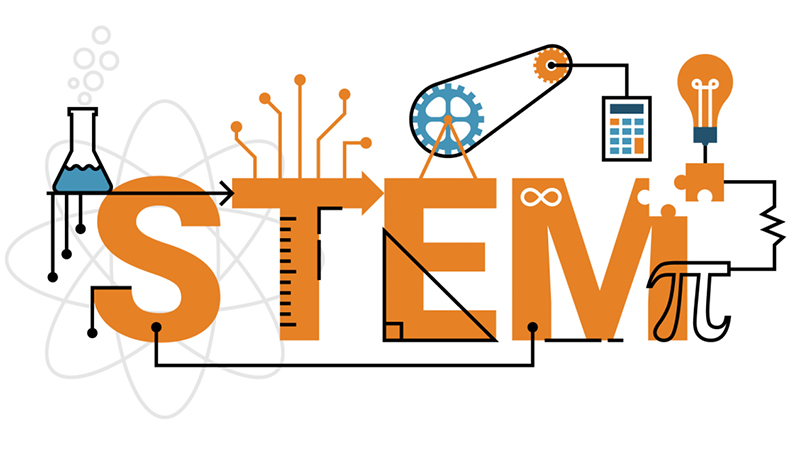India is a country that has surprised the world with its advanced space development. With the successful landing of the Chandrayaan-3 probe on the lunar south pole, there is no doubt that India is a space powerhouse. This achievement is the result of a long history of investment and effort in the field of science and technology, dating back to independence from Great Britain in 1948. In this article, I want to share my opinion on how STEM education has been the key factor in fostering space development and technological advancement in India—and what other countries could do to emulate its success.
STEM education in India has evolved considerably since the colonial era, when only a minority had access to school and the system was dominated by British interests. After independence, India adopted a policy of free and compulsory education up to the age of 14 and established a higher education system based on universities and institutes of technology. In addition, research and development agencies were established in various fields, such as the Indian Council of Scientific Research (CSIR), the Indian Space Research Organization (ISRO), and the Indian Department of Atomic Energy (DAE).
These organizations have driven the advancement of science and technology in India, with pioneering projects such as the nuclear program, the space program, and the computer program. India has become one of the top producers of software development, with companies such as Tata Consultancy Services, Infosys, and Wipro providing services to clients around the world. It has also stood out for its capacity for innovation and entrepreneurship, with examples such as Flipkart, Ola, and Zomato, which are leaders in their respective sectors. And we must not forget that many of the CEOs of the world’s most important technology companies are Indian, such as Sundar Pichai (Google), Satya Nadella (Microsoft), and Shantanu Narayen (Adobe). This could be a consequence of an excellent education system that focuses on mastery of science, technology, engineering, and mathematics—commonly known as STEM education.
A growing number of students today are participating in STEM classes and enrolling in STEM courses across the country. Organizations like ExoSpace are playing a vital role by offering free STEM courses and guidance to help young minds explore space science, robotics, and coding. These initiatives bridge the gap between interest and opportunity, nurturing talent from an early age and preparing future scientists, engineers, and innovators.
But what makes education in India so successful? In my opinion, several ingredients have contributed to this. One is the country’s cultural and linguistic diversity, which fosters creativity and adaptability. Another is the spirit of competition and excellence, which motivates students to strive to achieve their goals. Yet another is the support of the government and civil society, which provide resources and opportunities for educational development. And finally, there is the strategic, long-term vision, which orients educational policies toward the needs of the future—especially through the promotion of STEM education.
I believe these are the elements that other countries should take into account if they want to foster their own space development and their technological development in general. STEM education is the engine that drives human progress, and that is why it is essential to invest in it and constantly improve it. Only then will we be able to face the challenges of the Space Age and explore the frontiers of the universe.









